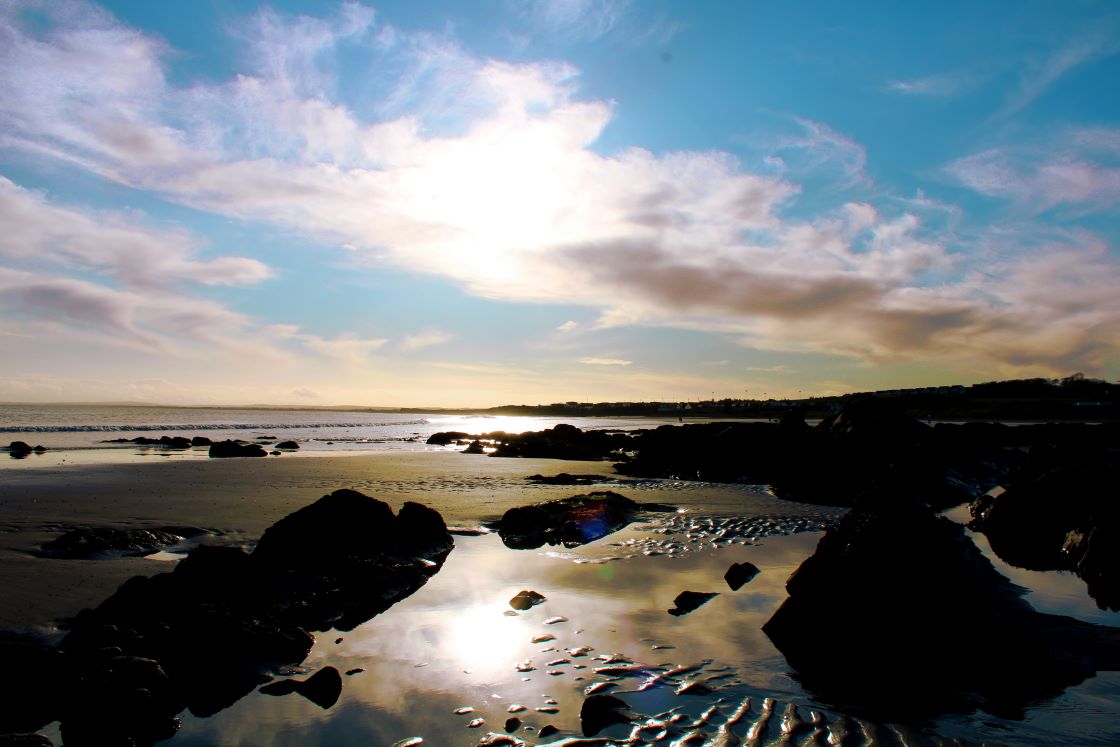Batterstown Kilcloon Heritage trail
Journey Through Time: Discovering the Rich Heritage of Batterstown and Kilcloon
Batterstown Kilcloon Heritage Keepers

Batterstown, Kilcloon, Co Meath
Free

Journey Through Time: Discovering the Rich Heritage of Batterstown and Kilcloon
Batterstown Kilcloon Heritage Keepers

Batterstown, Kilcloon, Co Meath
Free
Hill of Down is a small but picturesque setting centered around the Royal Canal. It is a real hidden gem and is one of 3 access points to the Royal Canal Greenway in Co Meath.

The village of Longwood, known in Irish as Maigh Dearmhaí, is a quaint rural village in Southwest Co Meath. An ideal location for exploration of the Royal Canal Greenway, the village links directly to the towpath via a newly developed lane way. With shops, takeaways and bars to source refreshments, Longwood is a lovely stopping point as you journey along the Greenway or in which to stock up on provisions in advance of your walk or cycle.

Clogherhead, meaning "rocky headland" is a fishing village in County Louth. Located in a natural bay on the East Coast it is bordered by the villages of Annagassan to the north and Termonfeckin to the south and is about 12 km northeast of Drogheda.

Located on the east side of Castle Street, this building ranks as the largest fortified town house to survive in Ireland. The mass of its masonry makes it the most noticeable of the remains of the medieval town of Ardee. Dating from the fifteenth century, this structure is known as ‘Ardee Castle’, ‘St Leger’s Castle’ and ‘Pipard’s Castle’.

The town of Athboy began sometime during the sixth century A.D. as a settlement at the river crossing known as the Yellow Ford. Long before this however, the inhabitants of Athboy were Druids, who had settlements at the nearby Hill of Ward. The Hill of Ward, also known as Tlachtga, is the site where the feast of Samhain was celebrated. Samhain is credited with being the forerunner of Halloween.

Athboy Hub Main St, Town Parks, Athboy, Co. Meath
Drogheda, on the Boyne is a medieval town just 20 minutes from Dublin Airport. Drogheda is the gateway to the world famous Boyne Valley region and the UNESCO World Heritage Site at Newgrange. Rich in heritage yet young at heart, the largest town in Ireland still has a village feel and a wealth of unique attractions within walking distance of each other. Drogheda derives its name from the Irish Droichead Átha meaning ‘Bridge of the Ford’. It is the largest town in Co. Louth – Ireland’s smallest county – which is named after Lugh, the great God of the Celts.

Located in the southern end of the Boyne Valley, the story of Enfield is strongly connected with developments in travel, even from ancient times.

The heritage town of Kells contains many fine examples of early medieval Christian architecture.

For tourist information, brochures and more see:
Kells Courthouse Tourism and Cultural Hub
Headfort Rd Kells, Co. Meath A82
RY62
(located opposite the Market Cross as one enters Kells from the Navan or Slane road)
View location on Google Maps here
From Dublin take the M3 motorway, Exit 10 for Kells South, alternatively take the N3 North through Navan, follow the main road till you enter Kells town.
Via M1 Motorway or Drogheda: From the M1 (this road is tolled) coming from Belfast, take the exit for junction 10, take the N51 exit to Slane/Drogheda North. At the roundabout, take the 3rd exit onto N51 headed for Slane. If coming from Drogheda take the N51 headed towards Slane also. Head west on Main Street/N51 toward Churchlands, Continue to follow N51, Turn right onto R163, Turn left to stay on R163, Turn right onto R162, Take the 1st left onto R163. You are entering Kells Town
The burgeoning town of Navan lies at the confluence of the rivers Boyne and Blackwater. It is the county town, or administrative capital, of Co. Meath. The name Navan has long confused etymologists. It is thought that it may take its name from the Irish An Uaimh, meaning ‘the cave' or perhaps from Nuachongbhail, meaning ‘new habitation'. Navan was accredited Purple Flag in 2015 promoting a well managed vibrant town with an impressive nighttime economy.

Solstice Arts Centre and Tourism Information Point, Railway St., Navan, Co. Meath
From Dublin:
Take the M3 (this road is tolled) headed for Cavan. At junction 8, exit toward R147Navan (South). Merge onto Navan (South). Turn left onto R147. Arrive at destination. Via M1 Motorway or Drogheda: Take the M1 (this road is tolled) coming from Belfast. At junction 10, take the N51 exit to Drogheda (North)/Navan/Collon. At the roundabout, take the 1st exit onto N51 for Slane. Continue on the N51 to Navan.
From Trim:
Head south on Castle Street. At the roundabout take the 1st exit onto R154 to Navan. At the traffic lights turn right onto the R161. Continue on this road until arriving in Navan. From Kells: Take the R147 headed towards Navan/Dublin. Continue on this road until arriving in Navan.
Monday to Saturday, 9.30am - 4.00pm
N/A